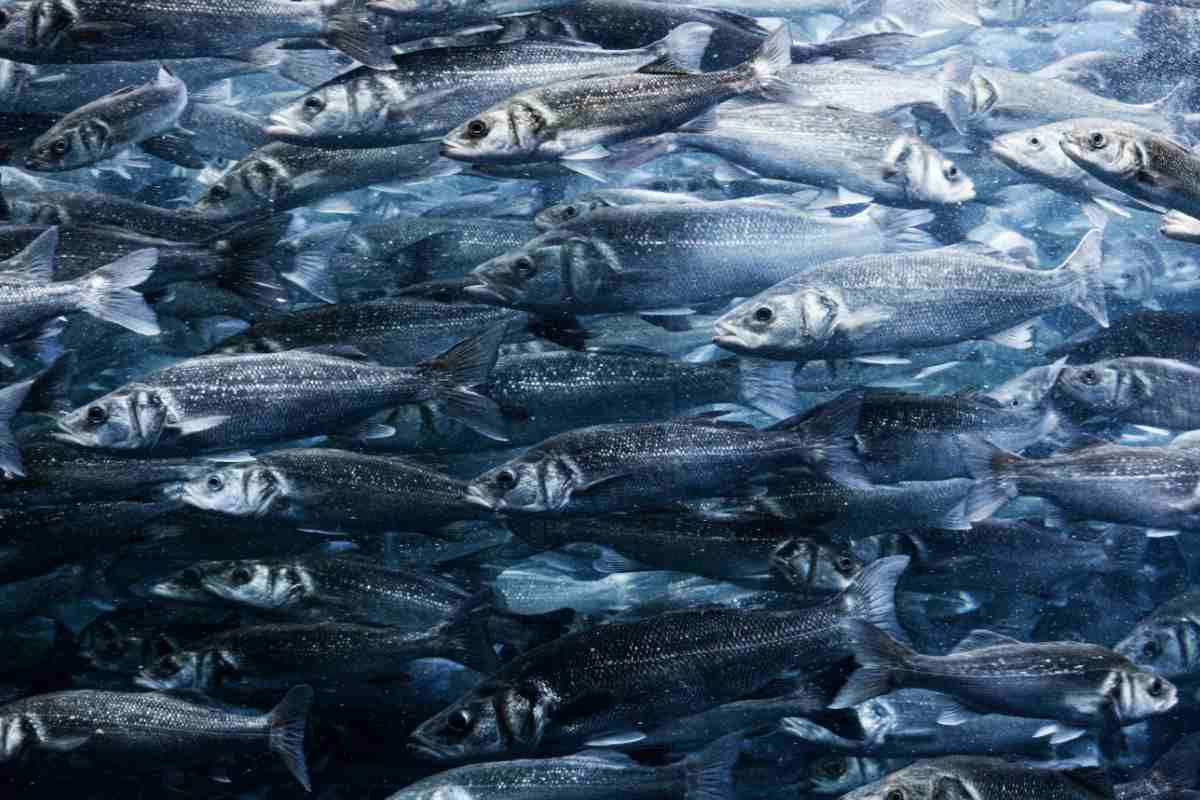
It is a relic of earlier – colder – times and possibly doomed to disappear.
The famous sardine run is a spectacular event. During the migration, hundreds of millions of sardines move north from the cold waters near Cape Agulhas (geographically the southernmost point of Africa) to the warmer subtropical waters on the east coast of South Africa. However, what exactly underlies this special trait was until recently a great mystery. But now researchers believe they can explain the mysterious sardine run.
The sardine haul
The sardine run is one of the world’s largest migrations and is also considered the ‘largest school on earth’. Schools of fish over 7 kilometers long, 1.5 kilometers wide and 30 meters deep are no exception. This makes them clearly visible from airplanes. The migration attracts many predators. Huge numbers of dolphins, but also sharks, seabirds and even whales grab their chance to grab a sardine.
How does it work?
A pressing question scientists still had, however, was how this spectacular sardine run, in which huge numbers of fish put it on a swim at the same time, works. “There are no obvious benefits to this migration, so why are they doing it?” Researcher Peter Teske wonders aloud. In a new study researchers have attempted to answer that question. To do this, the team, consisting of both South African and Australian scientists, collected genomic data from hundreds of sardines from across South Africa.
Two populations
The researchers found that there are two distinct populations of sardines in South Africa; one from the cool-temperate west coast (Atlantic Ocean) and the other from warmer waters on the east coast (Indian Ocean). Each regional population seems to be adapted to the temperature range experienced by the fish in their native region. “Surprisingly, we also found that sardines participating in the migration are mainly of Atlantic origin and prefer colder waters,” said study researcher Luciano Beheregaray.
remnant
And that led the researchers to a possible explanation for the sardine migration. According to the researchers, the sardine migration is caused by upwelling cold water on the southeast coast. The sardines then move to this temporary, favorable habitat in the Indian Ocean during this short period of time. However, as soon as this short period ends, they are unexpectedly wedged between the coast and warm waters, which the sardines are not physically resistant to.

Image: Professor Luciano Beheregaray in Science Advances Journal, Flinders University
Why then do the sardines undertake this trek? The researchers suspect that the sardine run is a remnant of earlier – colder – times, even going back to the Ice Age. “What is now a subtropical habitat in the Indian Ocean was then an important breeding area for sardines, where there was cold water,” Teske said.
Disappearance
The breathtaking sardine run draws tourists from all over the world eager to catch a glimpse of the underwater spectacle. But the special trek may be doomed to disappear. “Given that the migration is mainly composed of sardines originating in cold water, the expected warming could potentially signal the end of the sardine migration,” Beheregaray said.
If that happens, it will not immediately have far-reaching consequences. Despite the huge numbers of fish involved, only a small fraction of the South African population is involved in the migration. While the end of the sardine migration would mean the loss of one of nature’s most spectacular migrations, its effects on the population as a whole are likely to be negligible.
Source material:
“World-famous sardine migration explained by genomics” –
Image at the top of this article: Adrian Frentescu via Pexels